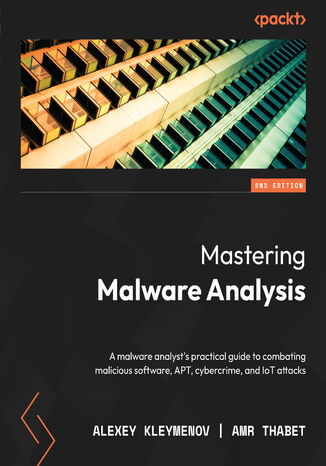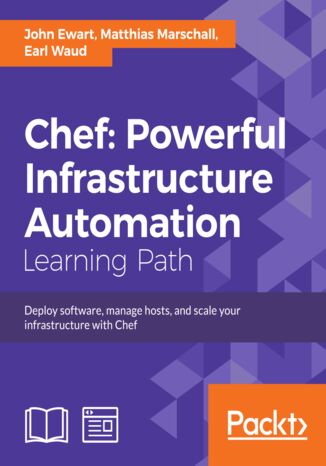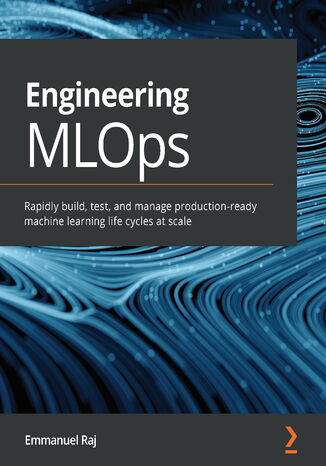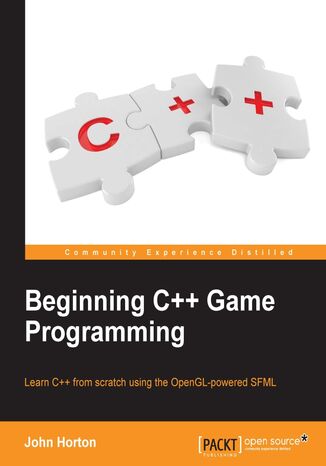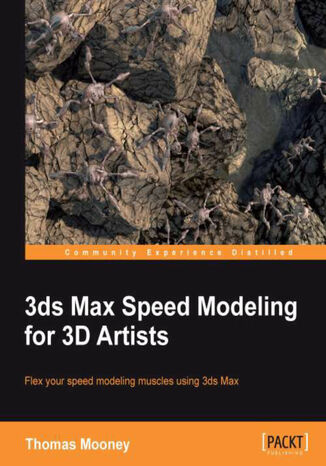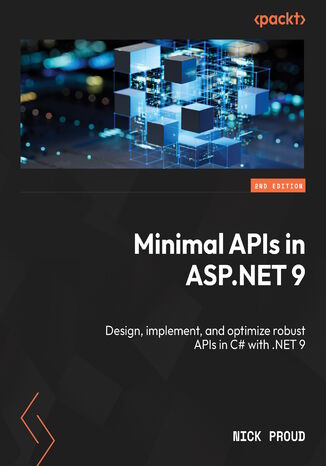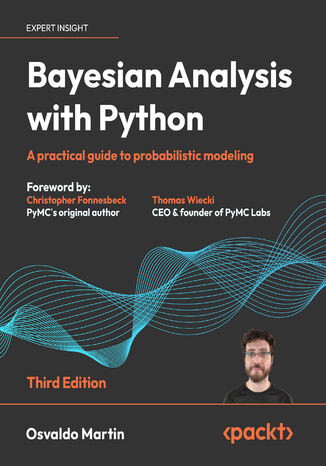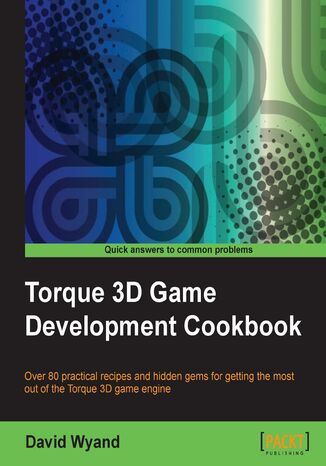Categories
-
- Bitcoin
- Businesswoman
- Coaching
- Controlling
- E-business
- Economy
- Finances
- Stocks and investments
- Personal competence
- Computer in the office
- Communication and negotiation
- Small company
- Marketing
- Motivation
- Multimedia trainings
- Real estate
- Persuasion and NLP
- Taxes
- Social policy
- Guides
- Presentations
- Leadership
- Public Relation
- Reports, analyses
- Secret
- Social Media
- Sales
- Start-up
- Your career
- Management
- Project management
- Human Resources
-
- Architektura i wnętrza
- Health and Safety
- Biznes i Ekonomia
- Home and garden
- E-business
- Ekonomia i finanse
- Esoterecism
- Finances
- Personal finance
- Business
- Photography
- Computer science
- HR & Payroll
- For women
- Computers, Excel
- Accounts
- Culture and literature
- Scientific and academic
- Environmental protection
- Opinion-forming
- Education
- Taxes
- Travelling
- Psychology
- Religion
- Agriculture
- Book and press market
- Transport and Spedition
- Healthand beauty
-
- Office applications
- Data bases
- Bioinformatics
- IT business
- CAD/CAM
- Digital Lifestyle
- DTP
- Electronics
- Digital photography
- Computer graphics
- Games
- Hacking
- Hardware
- IT w ekonomii
- Scientific software package
- School textbooks
- Computer basics
- Programming
- Mobile programming
- Internet servers
- Computer networks
- Start-up
- Operational systems
- Artificial intelligence
- Technology for children
- Webmastering
-
- Antology
- Ballade
- Biographies and autobiographies
- For adults
- Dramas
- Diaries, memoirs, letters
- Epic, epopee
- Essay
- Fantasy and science fiction
- Feuilletons
- Work of fiction
- Humour and satire
- Other
- Classical
- Crime fiction
- Non-fiction
- Fiction
- Mity i legendy
- Nobelists
- Novellas
- Moral
- Okultyzm i magia
- Short stories
- Memoirs
- Travelling
- Narrative poetry
- Poetry
- Politics
- Popular science
- Novel
- Historical novel
- Prose
- Adventure
- Journalism, publicism
- Reportage novels
- Romans i literatura obyczajowa
- Sensational
- Thriller, Horror
- Interviews and memoirs
-
- Archeology
- Bibliotekoznawstwo
- Cinema studies
- Philology
- Polish philology
- Philosophy
- Finanse i bankowość
- Geography
- Economy
- Trade. World economy
- History and archeology
- History of art and architecture
- Cultural studies
- Linguistics
- Literary studies
- Logistics
- Maths
- Medicine
- Humanities
- Pedagogy
- Educational aids
- Popular science
- Other
- Psychology
- Sociology
- Theatre studies
- Theology
- Economic theories and teachings
- Transport i spedycja
- Physical education
- Zarządzanie i marketing
-
- Health and Safety
- History
- Road Code. Driving license
- Law studies
- Healthcare
- General. Compendium of knowledge
- Academic textbooks
- Other
- Construction and local law
- Civil law
- Financial law
- Economic law
- Economic and trade law
- Criminal law
- Criminal law. Criminal offenses. Criminology
- International law
- International law
- Health care law
- Educational law
- Tax law
- Labor and social security law
- Public, constitutional and administrative law
- Family and Guardianship Code
- agricultural law
- Social law, labour law
- European Union law
- Industry
- Agricultural and environmental
- Dictionaries and encyclopedia
- Public procurement
- Management
-
- Africa
- Albums
- Southern America
- North and Central America
- Australia, New Zealand, Oceania
- Austria
- Asia
- Balkans
- Middle East
- Bulgary
- China
- Croatia
- The Czech Republic
- Denmark
- Egipt
- Estonia
- Europe
- France
- Mountains
- Greece
- Spain
- Holand
- Iceland
- Lithuania
- Latvia
- Mapy, Plany miast, Atlasy
- Mini travel guides
- Germany
- Norway
- Active travelling
- Poland
- Portugal
- Other
- Przewodniki po hotelach i restauracjach
- Russia
- Romania
- Slovakia
- Slovenia
- Switzerland
- Sweden
- World
- Turkey
- Ukraine
- Hungary
- Great Britain
- Italy
-
- Philosophy of life
- Kompetencje psychospołeczne
- Interpersonal communication
- Mindfulness
- General
- Persuasion and NLP
- Academic psychology
- Psychology of soul and mind
- Work psychology
- Relacje i związki
- Parenting and children psychology
- Problem solving
- Intellectual growth
- Secret
- Sexapeal
- Seduction
- Appearance and image
- Philosophy of life
-
- Bitcoin
- Businesswoman
- Coaching
- Controlling
- E-business
- Economy
- Finances
- Stocks and investments
- Personal competence
- Communication and negotiation
- Small company
- Marketing
- Motivation
- Real estate
- Persuasion and NLP
- Taxes
- Social policy
- Guides
- Presentations
- Leadership
- Public Relation
- Secret
- Social Media
- Sales
- Start-up
- Your career
- Management
- Project management
- Human Resources
-
- Antology
- Ballade
- Biographies and autobiographies
- For adults
- Dramas
- Diaries, memoirs, letters
- Epic, epopee
- Essay
- Fantasy and science fiction
- Feuilletons
- Work of fiction
- Humour and satire
- Other
- Classical
- Crime fiction
- Non-fiction
- Fiction
- Mity i legendy
- Nobelists
- Novellas
- Moral
- Okultyzm i magia
- Short stories
- Memoirs
- Travelling
- Poetry
- Politics
- Popular science
- Novel
- Historical novel
- Prose
- Adventure
- Journalism, publicism
- Reportage novels
- Romans i literatura obyczajowa
- Sensational
- Thriller, Horror
- Interviews and memoirs
-
- Philosophy of life
- Interpersonal communication
- Mindfulness
- General
- Persuasion and NLP
- Academic psychology
- Psychology of soul and mind
- Work psychology
- Relacje i związki
- Parenting and children psychology
- Problem solving
- Intellectual growth
- Secret
- Sexapeal
- Seduction
- Appearance and image
- Philosophy of life
New and developing technologies inevitably bring new types of malware with them, creating a huge demand for IT professionals that can keep malware at bay. With the help of this updated second edition of Mastering Malware Analysis, you’ll be able to add valuable reverse-engineering skills to your CV and learn how to protect organizations in the most efficient way.This book will familiarize you with multiple universal patterns behind different malicious software types and teach you how to analyze them using a variety of approaches.You'll learn how to examine malware code and determine the damage it can possibly cause to systems, along with ensuring that the right prevention or remediation steps are followed. As you cover all aspects of malware analysis for Windows, Linux, macOS, and mobile platforms in detail, you’ll also get to grips with obfuscation, anti-debugging, and other advanced anti-reverse-engineering techniques. The skills you acquire in this cybersecurity book will help you deal with all types of modern malware, strengthen your defenses, and prevent or promptly mitigate breaches regardless of the platforms involved.By the end of this book, you will have learned how to efficiently analyze samples, investigate suspicious activity, and build innovative solutions to handle malware incidents.
Matthias Marschall, John Ewart, Earl Waud
Chef is a configuration management tool that turns IT infrastructure into code. Chef provides tools to manage systems at scale. This learning path takes you on a comprehensive tour of Chef's functionality, ranging from its core features to advanced development. You will be brought up to speed with what's new in Chef and how to set up your own Chef infrastructure for individuals, or small or large teams. You will learn to use the basic Chef command-line tools. We will also take you through the core concepts of managing users, applications, and your entire cloud infrastructure. You will learn the techniques of the pros by walking you through a host of step-by-step guides to solve real-world infrastructure automation challenges.You will learn to automate and document every aspect of your network, from the hardware to software, middleware, and all your containers. You will become familiar with the Chef'sProvisioning tool. By the end of this course, you will be confident in how to manage your infrastructure, scale using the cloud, and extend the built-in functionality of Chef itself.The books used in this Learning Path are:1) Chef Essentials2)Chef Infrastructure Automation Cookbook – Second Edition3)Mastering Chef Provisioning
Engineering MLps presents comprehensive insights into MLOps coupled with real-world examples in Azure to help you to write programs, train robust and scalable ML models, and build ML pipelines to train and deploy models securely in production.The book begins by familiarizing you with the MLOps workflow so you can start writing programs to train ML models. Then you’ll then move on to explore options for serializing and packaging ML models post-training to deploy them to facilitate machine learning inference, model interoperability, and end-to-end model traceability. You’ll learn how to build ML pipelines, continuous integration and continuous delivery (CI/CD) pipelines, and monitor pipelines to systematically build, deploy, monitor, and govern ML solutions for businesses and industries. Finally, you’ll apply the knowledge you’ve gained to build real-world projects.By the end of this ML book, you'll have a 360-degree view of MLOps and be ready to implement MLOps in your organization.
Beginning C++ Game Programming. Learn C++ from scratch and get started building your very own games
This book is all about offering you a fun introduction to the world of game programming, C++, and the OpenGL-powered SFML using three fun, fully-playable games. These games are an addictive frantic two-button tapper, a multi-level zombie survival shooter, and a split-screen multiplayer puzzle-platformer.We will start with the very basics of programming, such as variables, loops, and conditions and you will become more skillful with each game as you move through the key C++ topics, such as OOP (Object-Orientated Programming), C++ pointers, and an introduction to the Standard Template Library. While building these games, you will also learn exciting game programming concepts like particle effects, directional sound (spatialization), OpenGL programmable Shaders, spawning thousands of objects, and more.
Production of 3D art is an exciting medium, but the task of modeling requires intense attention to detail, so speed and efficiency are vital. This book breaks down speed modeling workflow in 3ds Max into stages you can easily achieve, with a focus on hard surface modeling and methods you can apply to your own designs.3ds Max Speed Modeling for 3D Artists will help level up your 3D modeling skills. It focuses on hard surface modeling, and shows the range of tools and techniques in 3ds Max 2013.This book shows content creation methods aimed at 3ds Max modelers preparing to show their skill to the industry. The key feature of modeling that artists must exhibit is speediness while preserving technical accuracy. The author helps you follow set project guidelines while pushing creativity and outlines the entire workflow from concept development to exporting a game-ready model.The book begins with introductions for new users to the interface and modeling tools, and progresses to topics aimed at users already familiar with 3ds Max, who want to improve their content creation process. You'll also see ways 3ds Max content is used with other applications, like sculpting software and game editors, and learn features of speed modeling, efficient workflow, re-use of content, and tips on getting more done, more quickly.By the end of this book you will have learned key topics in modeling, ready to face professional level work with elan.
Written by an esteemed technology leader, a .NET specialist, and Microsoft MVP for Developer Technologies, Minimal APIs in ASP.NET 9 provides you with specialized insights into the latest advancements in .NET technology, particularly minimal APIs.You’ll get your first minimal API set up and running, before exploring the anatomy of a typical minimal API project, seeing how the framework can be used to create various HTTP endpoints, route, and validate requests, as well as enhancing those requests with custom middleware. After covering the basics, you’ll move on to data mapping, managing important dependencies through dependency injection and integrating your minimal APIs with data sources such as Entity Framework, Dapper, and SQL databases for creating CRUD operations. The chapters also walk you through performance optimization, asynchronous programming, and caching, which’ll allow you to examine the more advanced aspects of minimal API development, with code examples reflecting real-world scenarios.By the end of this book, you’ll be armed with the necessary best practices and skills needed for deploying performant, elegant, and scalable minimal APIs in .NET.
Bayesian Analysis with Python. A practical guide to probabilistic modeling - Third Edition
Osvaldo Martin, Christopher Fonnesbeck, Thomas Wiecki
The third edition of Bayesian Analysis with Python serves as an introduction to the main concepts of applied Bayesian modeling using PyMC, a state-of-the-art probabilistic programming library, and other libraries that support and facilitate modeling like ArviZ, for exploratory analysis of Bayesian models; Bambi, for flexible and easy hierarchical linear modeling; PreliZ, for prior elicitation; PyMC-BART, for flexible non-parametric regression; and Kulprit, for variable selection.In this updated edition, a brief and conceptual introduction to probability theory enhances your learning journey by introducing new topics like Bayesian additive regression trees (BART), featuring updated examples. Refined explanations, informed by feedback and experience from previous editions, underscore the book's emphasis on Bayesian statistics. You will explore various models, including hierarchical models, generalized linear models for regression and classification, mixture models, Gaussian processes, and BART, using synthetic and real datasets.By the end of this book, you will possess a functional understanding of probabilistic modeling, enabling you to design and implement Bayesian models for your data science challenges. You'll be well-prepared to delve into more advanced material or specialized statistical modeling if the need arises.
Torque 3D is a popular game engine that supports you in every step along the way to making your game a reality. Even with all of the power and tools that Torque 3D provides, finishing a high quality 3D game requires time and knowledge.Torque 3D Game Development Cookbook is a practical guide that takes you through each of the major steps on the journey to creating your game, while learning a few tricks along the way.The recipes in this book start off with learning some of the finer points about TorqueScript. The book then moves on to each of Torque 3D's subsystems and ends with a variety of game play recipes.The various topics covered include activating level-specific game code and scheduling game events, dragging and dropping items between windows to work with an in-game inventory system, and covering the seams between objects with well placed decals. Some of the advanced topics include writing custom shaders and postFX, using zones to improve rendering performance, and enhancing your game's ambience through sound.Once you are done with Torque 3D Game Development Cookbook you'll be on your way to creating amazing 3D games and gain expert knowledge of Torque 3D.

